Common Raven
A species of Crows, Also known as American Raven, Corby Scientific name : Corvus corax Genus : Crows
Common Raven, A species of Crows
Also known as:
American Raven, Corby
Botanical name: Corvus corax
Genus: Crows
Content
Description People often ask General Info
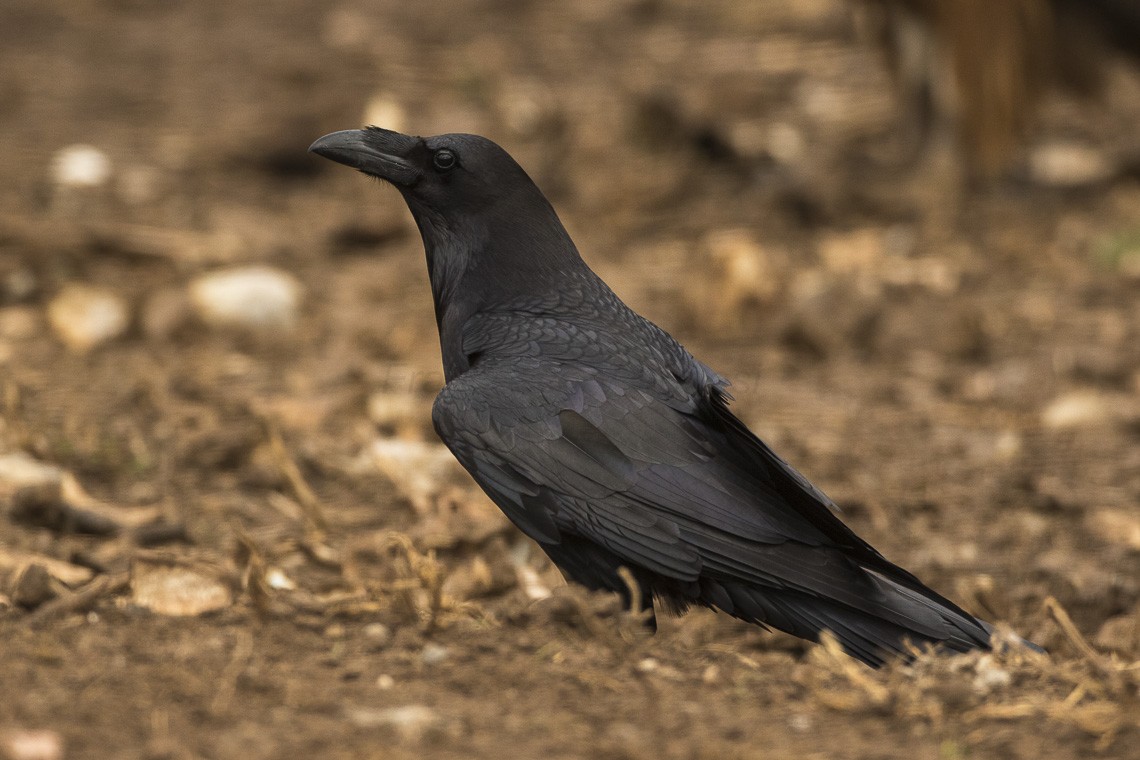 Photo By Francesco Veronesi , used under CC-BY-SA-2.0 /Cropped and compressed from original
Photo By Francesco Veronesi , used under CC-BY-SA-2.0 /Cropped and compressed from original Description
The common Raven is one of the most ubiquitous species of birds and is revered for its high intelligence. These birds prefer open habitats, but can be found in nearly all environmental conditions besides rainforests. As a social species, some subspecies of common Raven have been known to have 15 to 33 different categories of calls!
Size
54 - 67 cm
Life Expectancy
10-15 years
Nest Placement
Cliff
Clutch Size
3 - 7 eggs
Incubation Period
1 brood
Number of Broods
20 - 25 days
Nestling Period
28 - 50 days
Feeding Habits
Common Raven are omnivorous and opportunistic, eating carrion, invertebrates, amphibians, reptiles, mammals, birds, eggs, arthropods, fish, human food, plant material like grains and berries, and animal feces. Their diet varies by location, season, and available resources.
Habitat
Common Raven typically reside in varied habitats from arctic regions to deserts, showing a preference for coniferous and deciduous forests, coastal areas, mountains, grasslands, and tundras. They adapt well to human settlements, ranging from rural farms to urban environments, utilizing resources such as garbage and artificial ponds. While not commonly found in eastern forests or the Great Plains, they are increasingly reoccupying northeastern forests. They thrive at different altitudes and climates, often selecting open or semi-open landscapes with access to large trees or cliffs for nesting.
Nest Behavior
The male common Raven contributes sticks, but the female mainly constructs the nest over approximately 9 days. After building, she lays the eggs in the cup-shaped center, which measures 9-12 inches across. Both parents participate in caring for the eggs and young, although specific roles in incubation and feeding can vary. They often exhibit fidelity to nesting locations, reusing previous nests.
Nest Characteristics
Common Raven typically select cliffs, trees, and human structures for nesting sites, favoring places like rock overhangs or high tree crotches. They construct nests using sticks up to an inch thick, sometimes incorporating bones or wire. The female weaves these into a basket-like base, about 5 feet across and 2 feet high, before forming a cup lined with softer materials like mud, wool, or fur. These structures may be uneven and reused in subsequent years.
Dite type
Omnivorous
People often ask
General Info
Feeding Habits
Bird food type
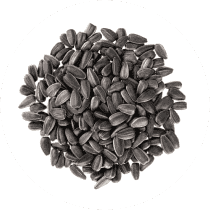
Black Oil Sunflower Seeds
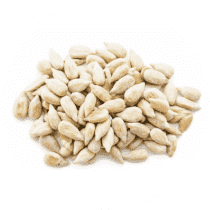
Hulled Sunflower Seeds

Suet
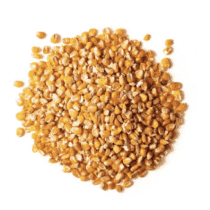
Cracked Corn
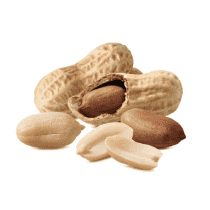
Peanuts
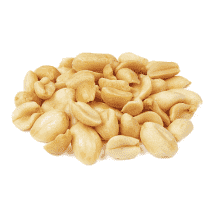
Peanut Hearts
Bird Feeder Type

Platform

Ground
Sounds
JuvenileCall
Recording location: United States
Call
Recording location: United States
Call
Recording location: United States
Behavior
Common Raven showcase remarkable adaptability and intelligence, engaging in complex daily routines. They spend their time foraging, often alone or in monogamous pairs, displaying exceptional flying skills with dexterous aerobatics and playful object manipulation. On land, common Raven's confident demeanor is evident in their swaggering walk. Young common Raven exhibit curiosity, exploring their surroundings intensely to understand their utility. Notably, common Raven exhibit problem-solving capabilities, sometimes cooperating to access resources, and practice food caching like their corvid counterparts. They've been observed following humans to exploit food opportunities, reflecting their opportunistic and clever nature.
Distribution Area
Common ravens can thrive in varied climates; indeed this species has the largest range of any member of the genus, and one of the largest of any passerine. They range throughout the Holarctic from Arctic and temperate habitats in North America and Eurasia to the deserts of North Africa, and to islands in the Pacific Ocean. In the British Isles, they are more common in Scotland, Wales, northern England and the west of Ireland. 
Species Status
In the western Mojave Desert, human settlement and land development have led to an estimated 16-fold increase in the common raven population over 25 years. A hunting bounty as a method of control was historically used in Finland from the mid-18th century until 1923. Culling has taken place to a limited extent in Alaska, where the population increase in common ravens is threatening the vulnerable Steller's eider (Polysticta stelleri). 
Scientific Classification
Phylum
Chordates Class
Birds Order
Perching birds Family
Crows and jays Genus
Crows Species
Common Raven